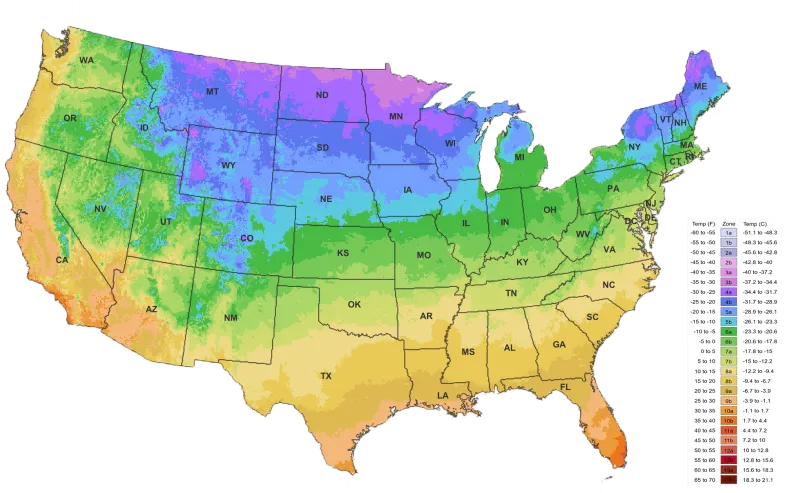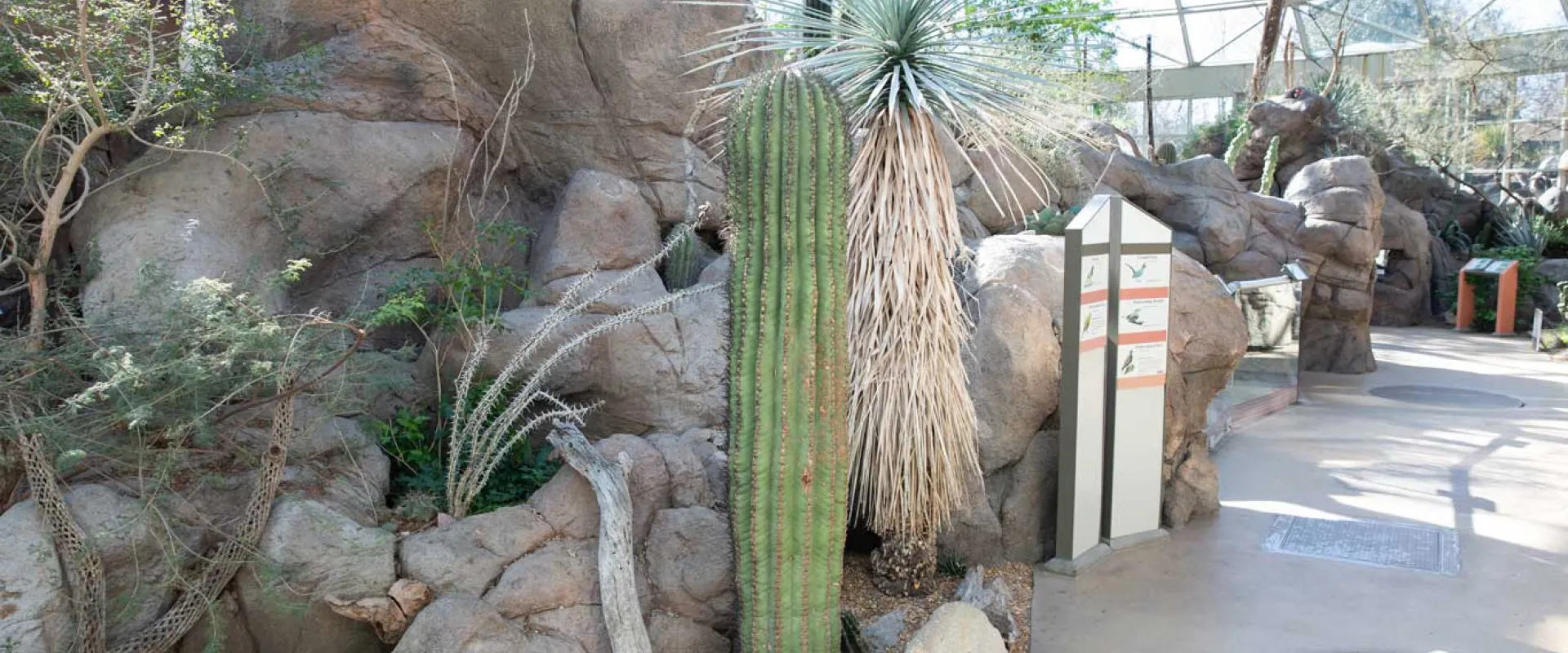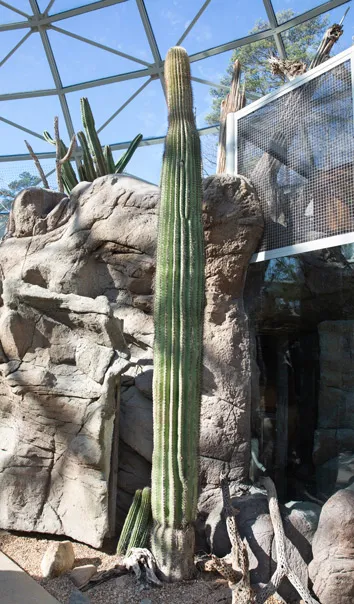About:
White Wing Doves consume the seeds of this cactus? Learn more about the Saguaro cactus.
Carnegiea gigantea
The USDA Plant Hardiness Zone Map is the standard by which gardeners and growers can determine which plants are most likely to thrive at a location. The map is based on the average annual minimum winter temperature, divided into 10-degree F zones.

9a (20 °F to 25 °F)
9b (25 °F to 30 °F)
10a (30 °F to 35 °F)
10b (35 °F to 40 °F)
11a (40 °F to 45 °F)
11b (45 °F to 50 °F)
Endangered Status
- Least Concern (LC)

